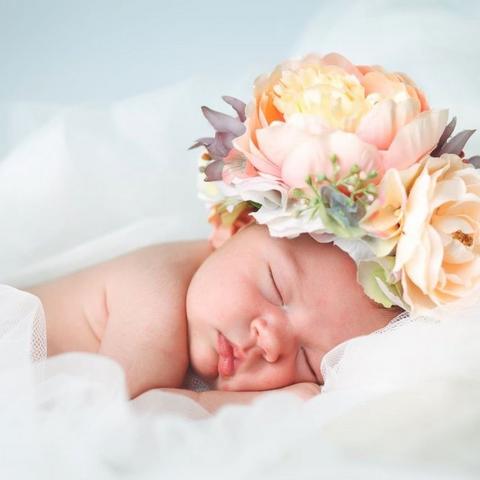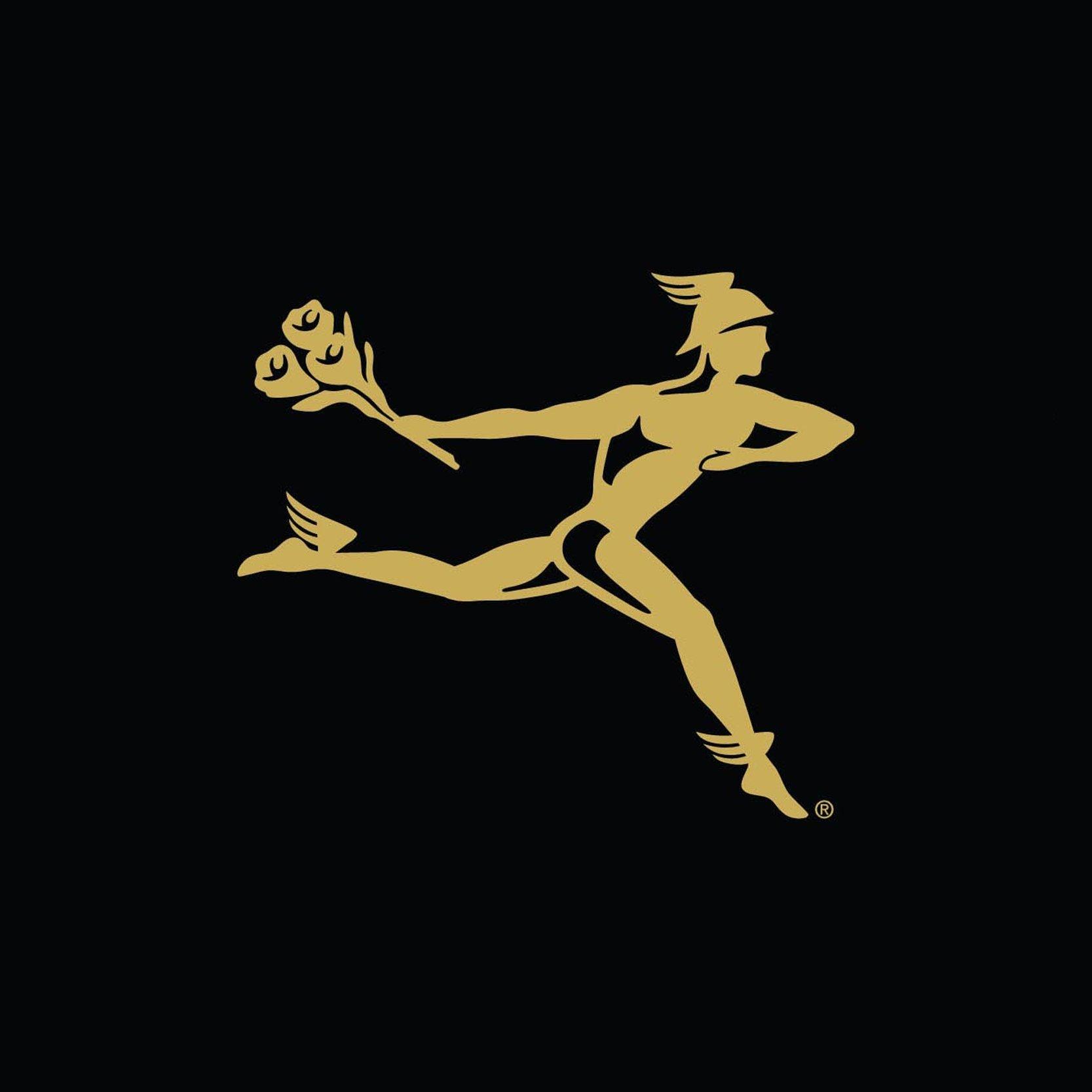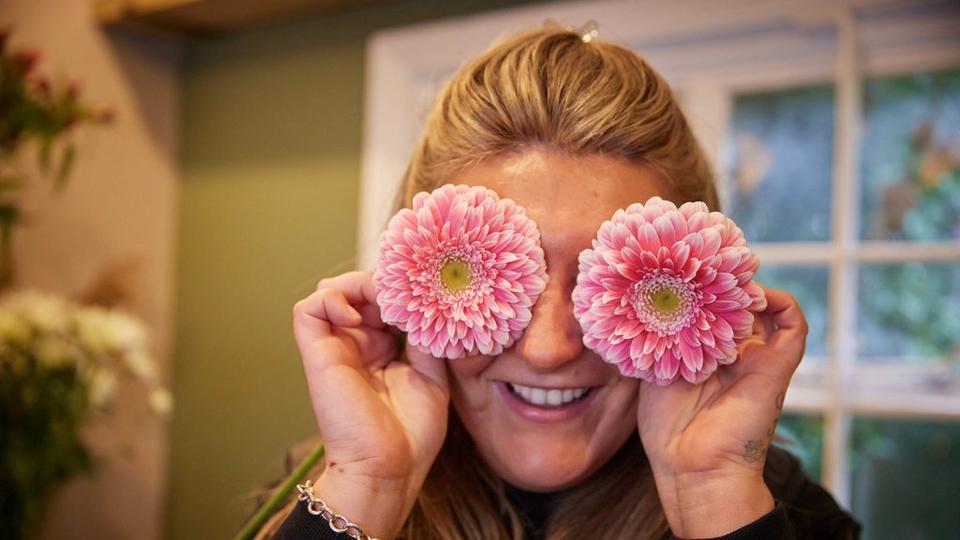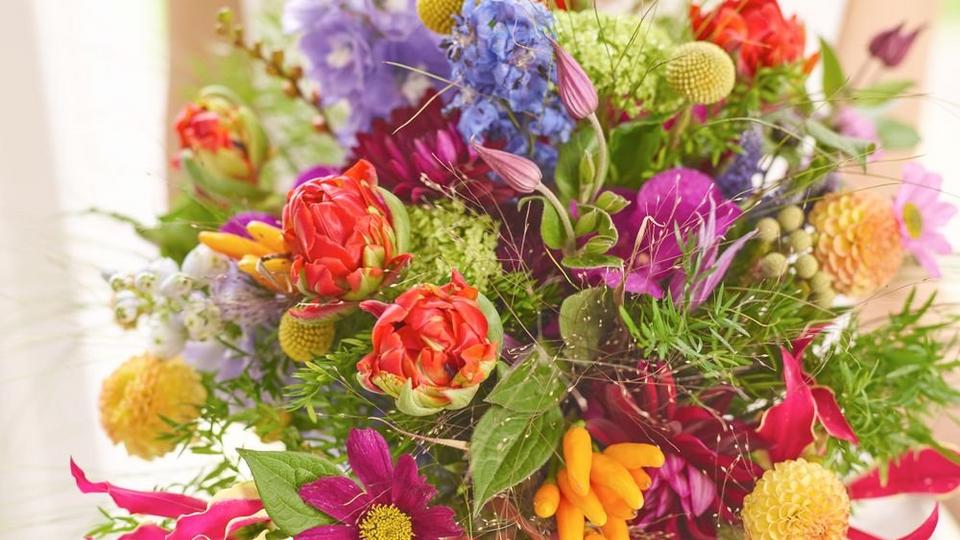Welcome to our blog
Flowers for New Babies
We've dug through our books on floriography and created an all-you-need-to-know guide on flowers for new babies.
Thanks for stopping by and welcome to our floral hub. We’ve got oodles and oodles of inspirational (and smile-inducing) content just waiting to be discovered. From helpful hints and tips from our artisan florists to gift-giving etiquette and exciting collabs there’s so much to get stuck into you’d better stick the kettle on. Need a flower delivery? We can help with that too. Just click the shop now button at the top of the page and we’ll introduce you to some gorgeous blooms.
Happy anniversary messages to sweep them off their feet
Looking for thoughtful words to mark your special day? look no further, here are a few traditional anniversary messages that stand the test of time.



-BANNER.jpg?$poi-square$&%24poi-square%24=&fmt=auto&qlt=default&fmt.jp2.qlt=60&bg=%23FFFFFF&w=480&img404=not-available)
-header.jpg?$poi-square$&%24poi-square%24=&fmt=auto&qlt=default&fmt.jp2.qlt=60&bg=%23FFFFFF&w=480&img404=not-available)
.jpg?$poi-square$&%24poi-square%24=&fmt=auto&qlt=default&fmt.jp2.qlt=60&bg=%23FFFFFF&w=480&img404=not-available)



.jpg?$poi-square$&%24poi-square%24=&fmt=auto&qlt=default&fmt.jp2.qlt=60&bg=%23FFFFFF&w=480&img404=not-available)
